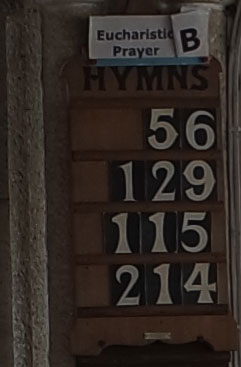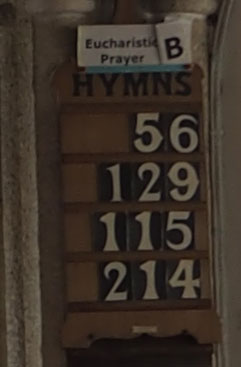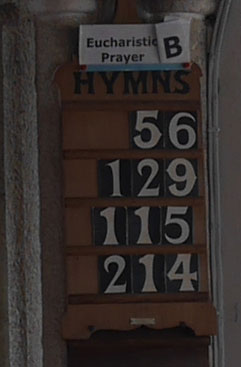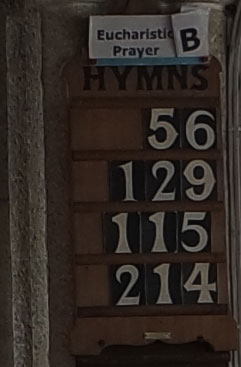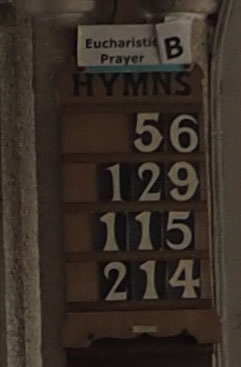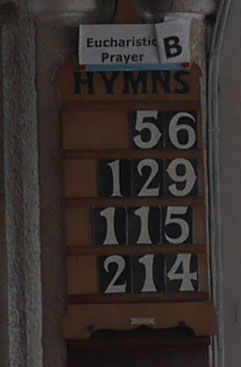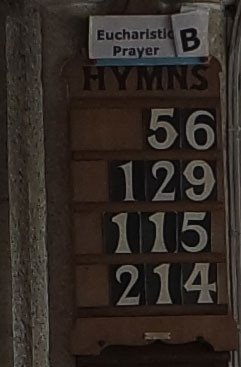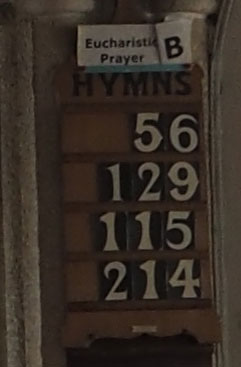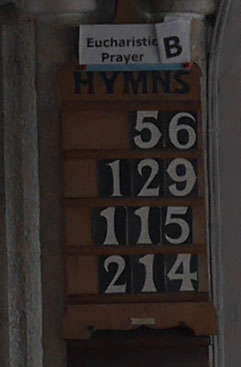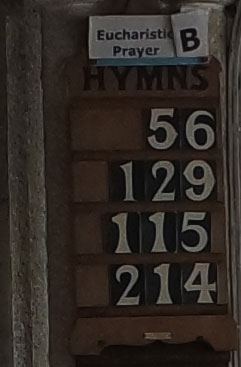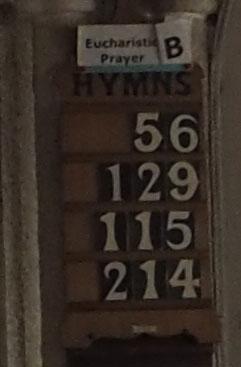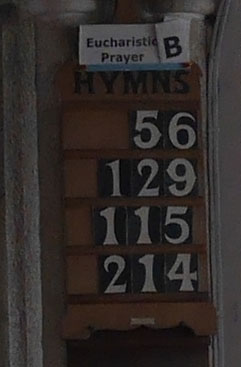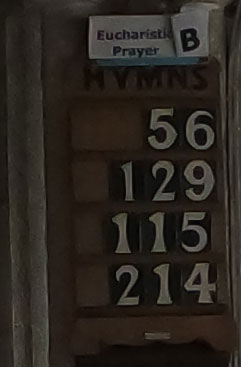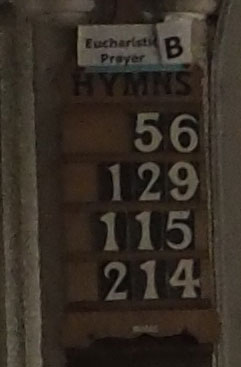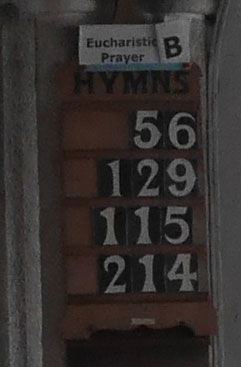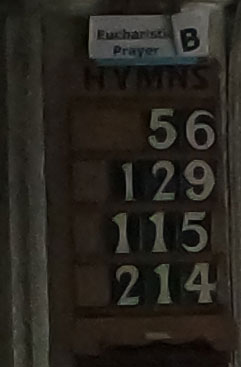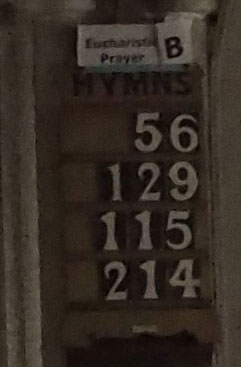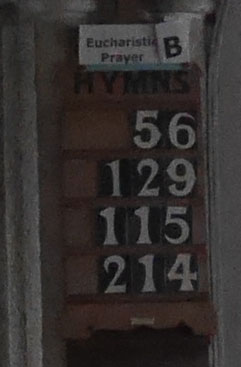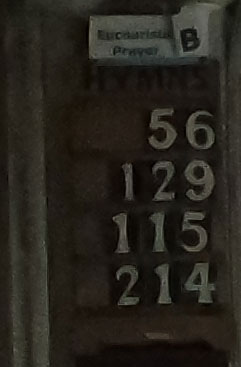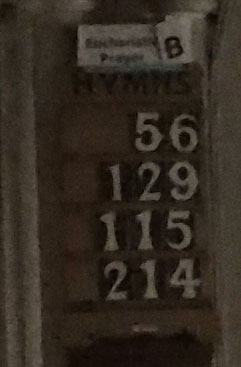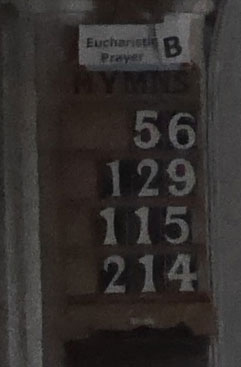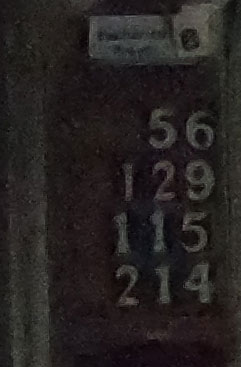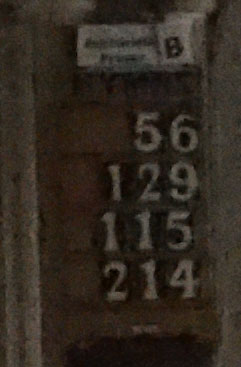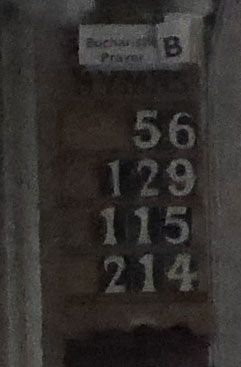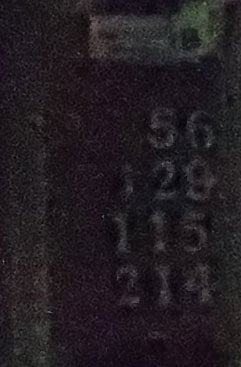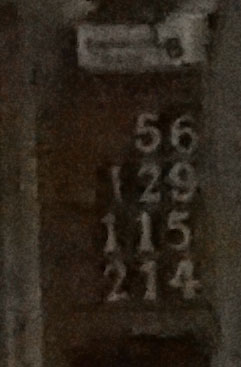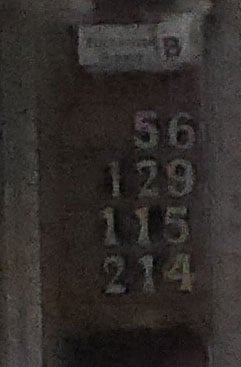Samsung NX3000 review
-
-
Written by Ken McMahon
Quality
Samsung NX3000 vs PEN E-PL7 vs Lumix GF7 JPEG
To compare real-life performance I shot this scene with the Samsung NX3000, Olympus PEN E-PL7 and the Panasonic Lumix GF7 within a few moments of each other using their best quality JPEG settings.All three cameras were fitted with their respective kit zooms and were adjusted to provide the same vertical angle of view.For this test all three cameras were mounted on a tripod and set to Aperture Priority exposure mode. Image stabilisation was turned off and the camera settings were otherwise left on the defaults.The image above was taken with the Samsung NX3000. I’d previously determined that the best results with the NX3000 were produced with the lens set to f5.6 so I set Aperture Priority mode and selected f5.6 at the NX3000’s base 100 ISO sensitivity setting and it selected a shutter speed of 1/640. Both the Panasonic Lumix GF7 and Olympus PEN E-PL7 ware set to their base 200 ISO sensitivity settings and in Aperture Priority mode with f5.6 selected the both metered the same 1/1250 shutter speed – so all three cameras effectively set the same exposure. As usual the 100 percent crops below are taken from the areas marked in red above.Looking at the crops, the overall impression is pretty good, generally the crops from the NX3000 are nice and sharp and show a good level of detail. The first one, from close to the left edge of the frame is a tiny bit soft and there’s the merest hint of a colour fringe, so there’s a little bit of chromatic aberration that isn’t corrected for, but you have to look quite hard to spot it.The second crop from closer to the middle of the frame is quite a bit sharper. But while you can make out a lot of detail, the tiles on the roof of the stone tower and on the building in the foreground aren’t quite sharp and I get the feeling there’s a little bit more detail to be had from this scene. Possibly you might be able to coax it out with a better quality lens or and / or by shooting Raw.The third crop is a also from near the middle of the frame and, again, it’s good, but there’s more detail to be had – you can’t tell the time on the clock face for example. It’s hard to find fault with the fourth crop in which the lighthouse is a clean white cylinder, with the lamphouse just about discernible on top and there’s plenty of detail in the surrounding rocks. The foreground detail in this crop is nice and sharp too.The colour fringing in the final crop from the right frame edge is a little more visible, but this one isn’t quite as soft as the one from the other side. So overall a pretty impressive result from the NX3000, but there is room for improvement with a better quality lens or Raw processing.The results from the Olympus PEN E-PL7 are quite disappointing when viewed alongside those from the NX3000. The Olympus 14-42mm f3.5-5.6 EZ lens has produced crops that are very soft and a little blurry, not just at the edges, but across the entire frame. I was so concerned about the quality of these results from the E-PL7 that I contacted Olympus and asked them to send a replacement. As it turned out, the images I shot with the new lens were no better, so it appears that either we were very unlucky, with two individual lenses producing poor results, or the quality of the M.Zuiko 14-42 f3.5-5.6 EZ kit lens leaves much to be desired. As you can see from the sample images in my E-PL7 review, the camera produces much better results with other lenses attached.The Lumix GF7 crops on the other hand stand up well in comparison with those from the NX3000. I’d say the first GF7 crop is sharper and the same goes for the final crop from the other side. So the Lumix GF7 lens is doing an excellent job across the frame. In the middle there’s less in it though, I’d say the two are very closely matched.To see how these models compare at higher sensitivities check out my Samsung NX3000 Noise results or skip straight to my verdict.
Samsung NX3000 | Olympus PEN E-PL7 | Panasonic Lumix GF7 | ||
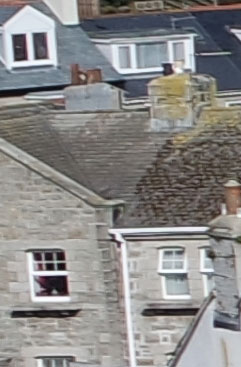 | 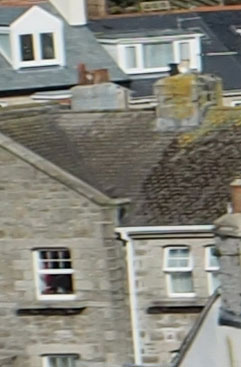 | 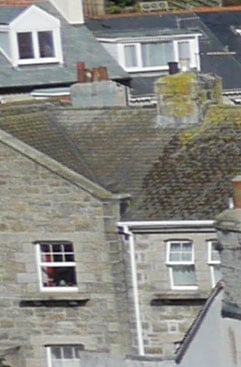 | ||
f5.6, 100 ISO | f5.6, 200 ISO | f5.6, 200 ISO | ||
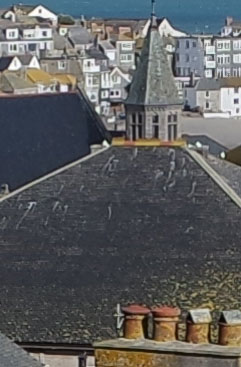 | 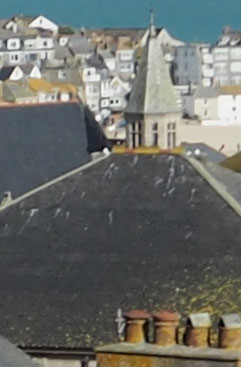 | 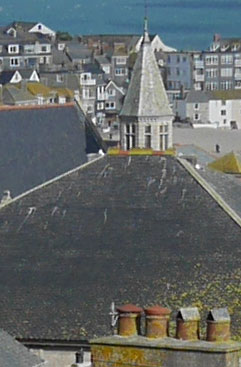 | ||
f5.6, 100 ISO | f5.6, 200 ISO | f5.6, 200 ISO | ||
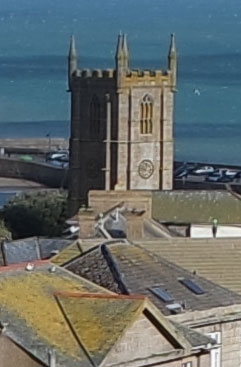 | 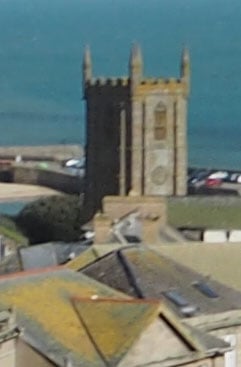 | 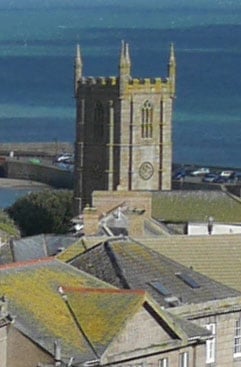 | ||
f5.6, 100 ISO | f5.6, 200 ISO | f5.6, 200 ISO | ||
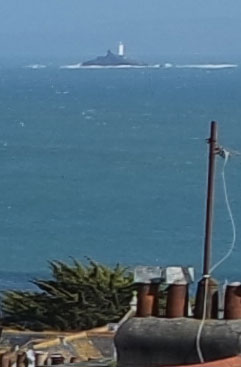 | 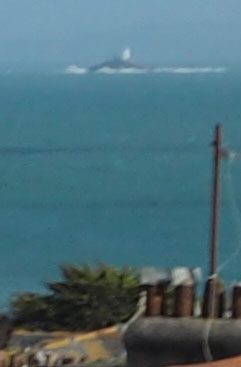 | 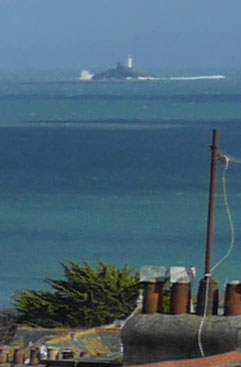 | ||
f5.6, 100 ISO | f5.6, 200 ISO | f5.6, 200 ISO | ||
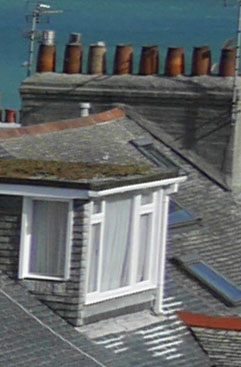 | 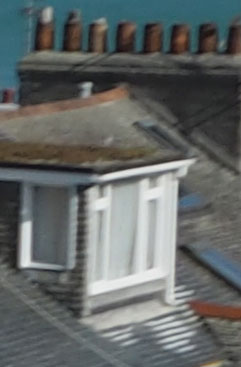 | 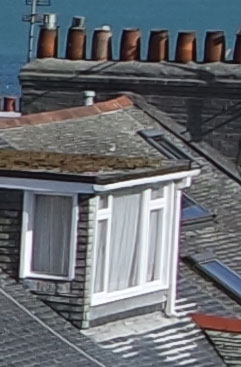 | ||
f5.6, 100 ISO | f5.6, 200 ISO | f5.6, 200 ISO |
Samsung NX3000 vs PEN E-PL7 vs Lumix GF7 JPEG Noise
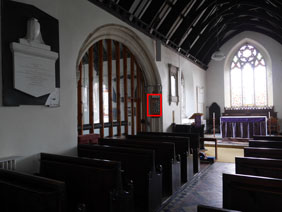
To compare noise levels under real-life conditions, I shot this scene with the Samsung NX3000, Olympus PEN E-PL7 and the Panasonic Lumix GF7, within a few moments of each other using their best quality JPEG settings at each of their ISO sensitivity settings.All three cameras were fitted with their respective kit zooms and were adjusted to provide the same vertical angle of view.For this test all three cameras were mounted on a tripod and image stabilisation was turned off, all other settings were left on the defaults.The image above was taken with the Samsung NX3000. Set to Aperture Priority mode and at its base 100 ISO sensitivity setting, with the aperture set to f5.6 the NX3000 metered a shutter speed of 2.5 secs. At 200 ISO both the Olympus PEN E-PL7 and Lumix GF7 had metered the same 1.6s exposure at f5.6, so in order to produce an equivalent (3s) exposure on the NX3000 I set +1/3EV exposure compensation.Just to note at the outset; the 20 Megapixel sensor of the Samsung NX3000 produces a lightly smaller crop area with larger detail and the other difference is that the 100 ISO setting on the NX3000 is its base sensitivity, not part of an extended range, so you should compare the 100 ISO crop from the NX3000 with the 200 ISO crops from the other two models.The Samsung NX3000 produces an excellent result at its base 100 ISO setting with no visible evidence of noise. There’s a tiny bit of texture at 200 ISO, but from a casual examination you be unlikely to notice the difference between 100, 200 and 400 ISO.800 ISO is still relatively clean with good detail and crisp edges, but by 1600 ISO the noise is obvious, even to a casual observer. That said, it looks pretty good at smaller sizes and even though the 3200 ISO crop is quite speckly and the finer detail is gone, it too looks fine at smaller sizes. You’ll even get away with 6400 ISO on the NX3000, providing the viewing size isn’t large, but 12800 and 25600 ISO should be reserved for emergencies.Despite the 1/3EV exposure compensation the NX3000 crops look a little darker than those from the Lumix GF7 and PEN E-PL7. In terms of noise the Low ISO crops from the NX3000 are cleaner than those from the Micro Four Thirds models as you’d expect from a camera with a larger APS-C sensor. Interestingly though, once you get beyond 1600 ISO the NX3000’s advantage evaporates – at higher sensitivities there’s not much in it and if anything the Lumix GF7 turns in better results from 3200 ISO upwards.Next check out my Samsung NX3000 sample images, or skip straight to my verdict.
| ||||||||||||||||||||||||||||||||||||||||||||||||||||||||||||||||||||||||||||||||||||||||||||||||||||||||||||||||||||||||||||||||||
